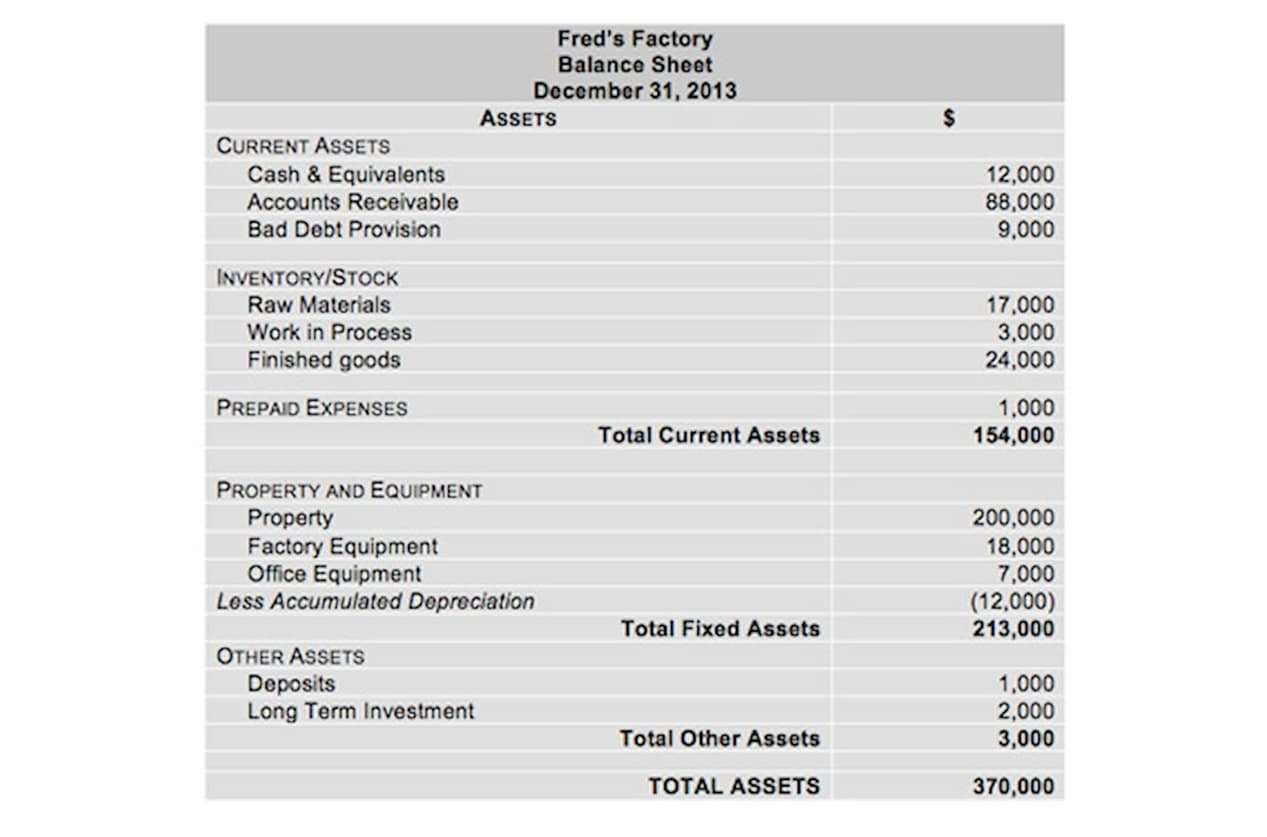
This may prohibit smaller or less established companies from investing in the required technologies. The time commitment to train and retrain staff to update inventory is considerable. In addition, since there are fewer physical counts of inventory, the figures recorded in the system may be drastically different from inventory levels in the actual warehouse. A company may not have correct inventory stock and could make financial decisions based on incorrect data. The perpetual inventory system gives real-time updates and keeps a constant flow of inventory information available for decision-makers.
Excellent Choice for Small Businesses

With advancements in point-of-sale technologies, inventory is updated https://www.bookstime.com/statement-of-retained-earnings-example automatically and transferred into the company’s accounting system. This allows managers to make decisions as it relates to inventory purchases, stocking, and sales. The information can be more robust, with exact purchase costs, sales prices, and dates known.
Perpetual Inventory System vs. Periodic Inventory System: What’s the Difference?
- A periodic inventory system is a bookkeeping method based on counting and marking down your items.
- This amount is subtracted from the cost of goods available for sale (or the cost of goods manufactured) to compute the cost of goods sold.
- Although this method offers ease of use for record-keeping, it hinders the managerial decision-making process.
- Transactions, in a periodic inventory system, are also not recorded as part of the system, but rather separately until a physical count is conducted at the end of the accounting period.
- The perpetual inventory system is a real-time inventory tracking system where you get real-time inventory status with valuation.
By combining the two approaches, your inventory accounting should be in tip-top shape. Most modern cloud-based inventory management systems are perpetual, using barcodes, POS systems, radio frequency identification, and real-time reporting to track changes. Businesses that account for inventory periodically likely use the FIFO method to sell older units first. Retailers that use the perpetual system often make it a practice to count inventory (or at least a sample of inventory) to make adjustments for shrinkage.

Data Availability Statement

This is done through computerized systems using point-of-sale (POS) and enterprise asset management technology that record inventory purchases and sales. It is far more sophisticated than the periodic https://www.instagram.com/bookstime_inc system of inventory management. Companies would normally use a periodic inventory system if they sell a small quantity of goods and/or if they don’t have enough employees to conduct a perpetual inventory count.

- Perpetual inventory is computerized, using point-of-sale and enterprise asset management systems, while periodic inventory involves a physical count at various periods of time.
- The scan triggers the inventory management system to automatically deduct the purchased units and update them as needed and will constantly track the stock level of each product.
- As a result, a periodic inventory technique may be adopted without much inventory planning or preparation because it doesn’t need complex calculations or accounting records.
- In a periodic inventory system, inventory tracking is manually updated at the conclusion of a certain period.
- Many companies may start off with a periodic system because they don’t have enough employees to do regular inventory counts.
Since it’s a manual process, it doesn’t require complex point-of-sale or inventory tracking software to implement. Perpetual inventory, also known as continuous inventory, is a software-aided inventory system that is updated automatically and continuously, as opposed to manually and periodically. All movements in stock, both inward or outward (i.e. purchases, returns, consumptions, and write-offs) are always accounted for. At the end of the accounting when a periodic inventory system is used, period, the sum of purchasesduring the period is carried to the inventory account.
- The information from the example data illustrates the perpetual inventory method.
- For example, a grocery store uses products with barcodes, which are then scanned at checkout.
- First-In, First-Out (FIFO) is one of the most common methods of inventory management.
- Note that for a periodic inventory system, the end of the period adjustments require an update to COGS.
- However, the sheer volume of transactions in some merchandising businesses makes it impossible to use anything but the periodic system.
- For information pertaining to the registration status of 11 Financial, please contact the state securities regulators for those states in which 11 Financial maintains a registration filing.
- So, it helps you to optimize inventory levels and helps to minimize overstocks and understocks.
- Accordingly, the inventory account and cost of goods sold (COGS)numbers are current only once per period – in the time directly afterstocktake.
- It can be cumbersome and time-consuming, as it requires you to manually count and record your inventory.
- But if a company grows, switching to a permanent system could be necessary since it gives you access to the cost of goods sold whenever you need them.
- Using perpetual inventory, you’re able to track and manage inventory as transactions happen, buying more inventory when necessary and zeroing in on the best prices.
- Spreadsheets may be used to do periodic inventory instead of inventory management software, eliminating the need for additional software or training expenditures.
The perpetual inventory method uses a computerized system to continuously update inventory records as items move in and out of the business. The periodic inventory system is a method of accounting for inventory that involves taking physical counts of inventory at regular intervals and updating the inventory accounts accordingly. In this method, periodic inventory system journal entries are made to record the purchase, sale, and ending inventory balances. At the end of the period, a perpetual inventory system will have the Merchandise Inventory account up-to-date; the only thing left to do is to compare a physical count of inventory to what is on the books. A physical inventory count requires companies to do a manual “stock-check” of inventory to make sure what they have recorded on the books matches what they physically have in stock. Differences could occur due to mismanagement, shrinkage, damage, or outdated merchandise.
